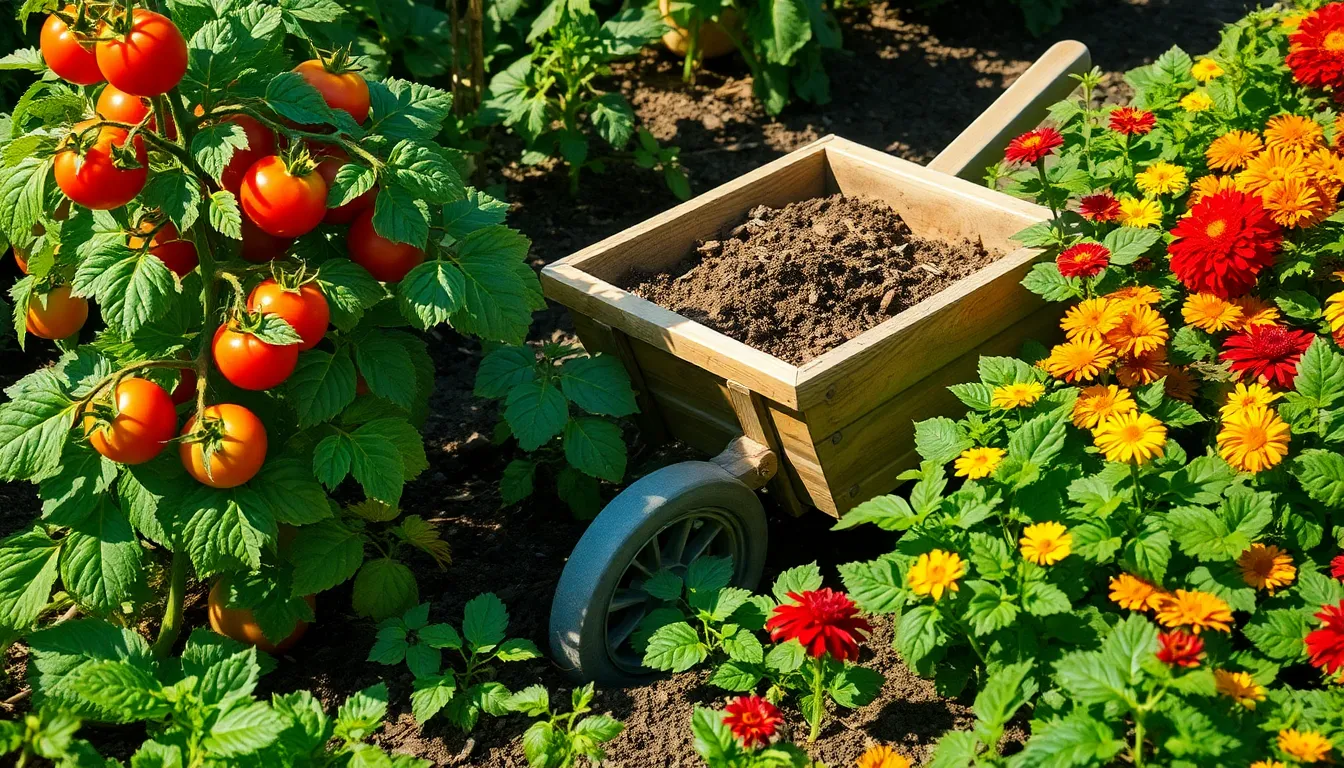Healthy Garden Soil

Gardening is more than just a hobby; it’s a journey filled with the joy of nurturing life and reaping its ...

There’s a certain magic in transforming kitchen scraps and yard waste into rich, crumbly compost that breaths life back into ...








